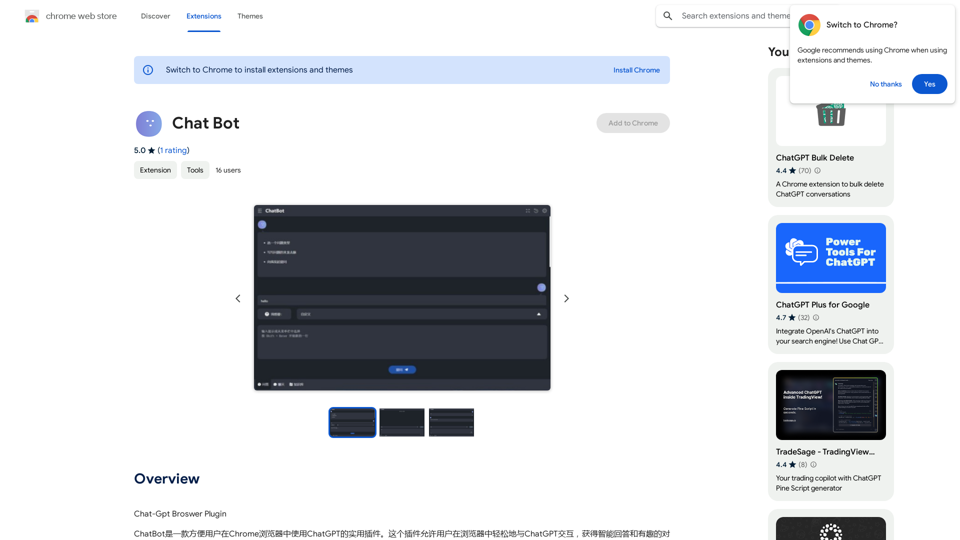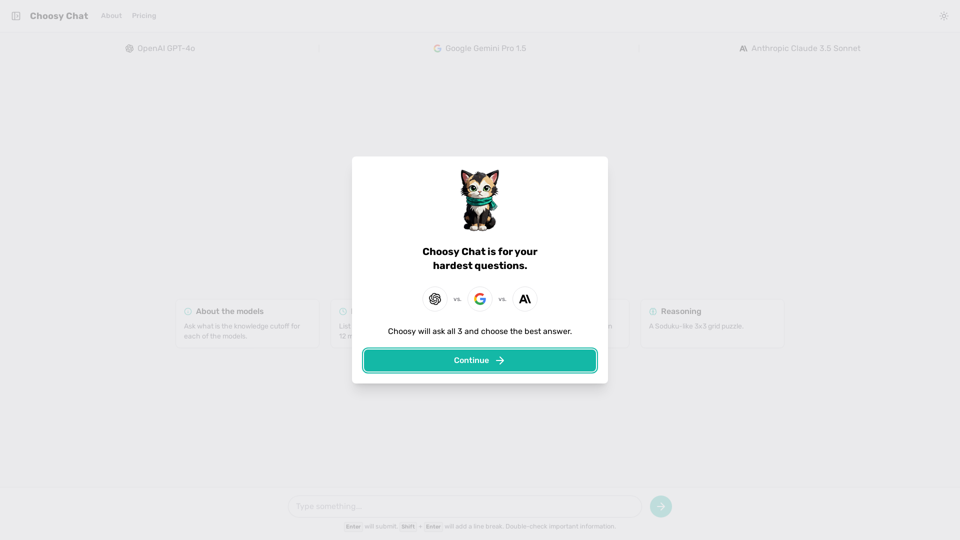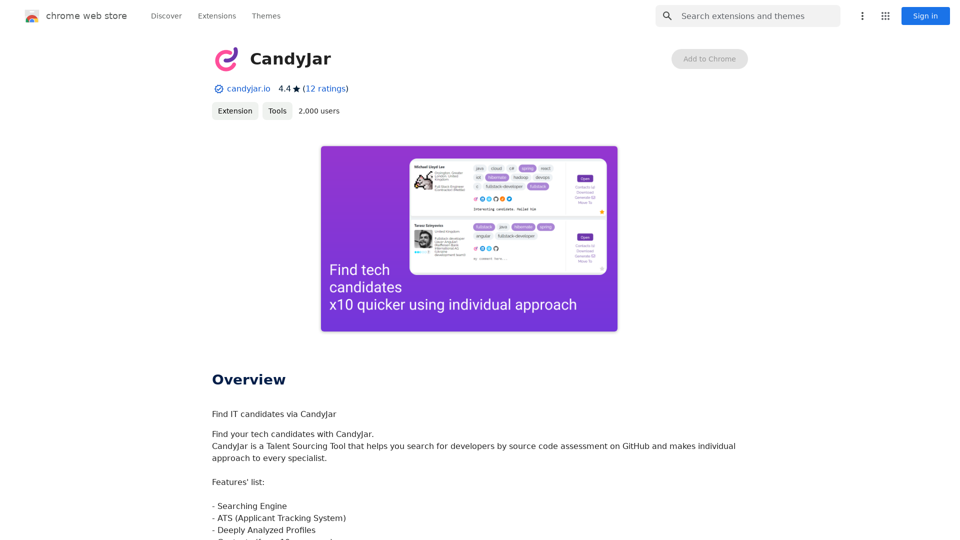Genji is an AI-powered browser assistant for Chrome that automates everyday tasks. It allows users to delegate various tasks while they focus on other work or take a break. Genji can handle personal tasks like online shopping and making reservations, as well as professional tasks such as finding leads on LinkedIn, sending status updates, and conducting competitor research. With its ability to understand plain language commands and perform multiple tasks simultaneously, Genji aims to revolutionize browsing and boost productivity.
Genji - AI Browser Assistant
Automate the Browser Using a Visual AI Assistant
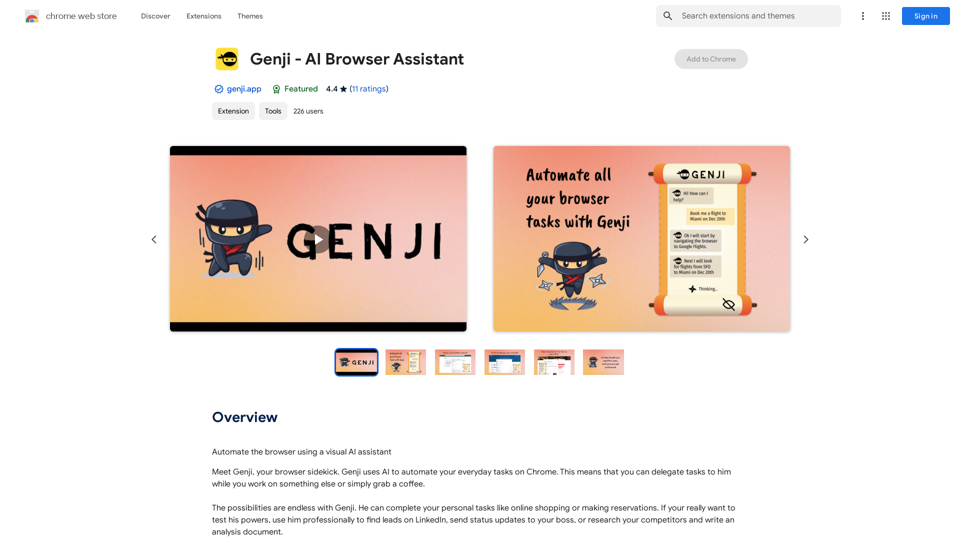
Introduction
Feature
AI-Powered Task Automation
Genji uses advanced AI technology to automate various tasks on the Chrome browser. Users can input tasks in plain language, and Genji will interpret and execute the necessary browser actions until the task is completed.
Multi-Tasking Capabilities
Genji can handle multiple tasks simultaneously, acting as an army of helpful ninjas at your service. This feature allows users to maximize their productivity by delegating various tasks to Genji at once.
Visual AI Assistant
The extension provides a visual AI assistant interface, making it easy for users to interact with and monitor the progress of their automated tasks.
Versatile Task Handling
Genji can perform a wide range of tasks, including:
- Personal tasks: Online shopping, making reservations
- Professional tasks: Finding leads on LinkedIn, sending status updates, researching competitors
Upcoming Features
- Scheduled tasks
- Voice command support
Free to Use
Users can download and start using Genji for free, making it accessible to anyone looking to enhance their browsing experience and productivity.
Privacy and Security
Genji prioritizes user data safety and privacy, implementing advanced security protocols to ensure data protection and encryption.
FAQ
How does Genji work?
Genji utilizes AI to automate everyday tasks on Chrome. Users input their tasks in plain language, and Genji deduces the necessary browser actions, repeating them until the task is complete.
What are the benefits of using Genji?
- Revolutionizes browsing experience
- Designed to make users 10x more productive on their browser
- Prioritizes data safety and privacy with advanced security protocols
How can I get started with Genji?
To get started with Genji:
- Download the Chrome extension for free
- Visit https://www.genji.app for more information
Are there any tips for using Genji effectively?
- Be specific with your queries for better understanding
- Use Genji to automate repetitive tasks
- Experiment with different tasks to explore Genji's capabilities
Is Genji safe to use?
Yes, Genji prioritizes the safety and privacy of user data, implementing advanced security protocols to ensure data protection and encryption.
Latest Traffic Insights
Monthly Visits
193.90 M
Bounce Rate
56.27%
Pages Per Visit
2.71
Time on Site(s)
115.91
Global Rank
-
Country Rank
-
Recent Visits
Traffic Sources
- Social Media:0.48%
- Paid Referrals:0.55%
- Email:0.15%
- Referrals:12.81%
- Search Engines:16.21%
- Direct:69.81%
Related Websites
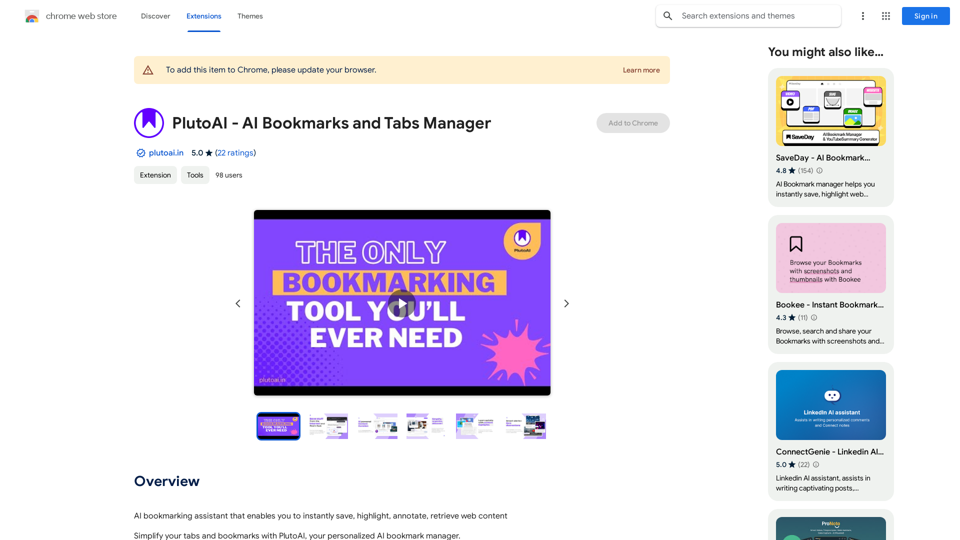
An AI-powered bookmarking assistant that lets you quickly save, highlight, add notes to, and find web pages.
193.90 M
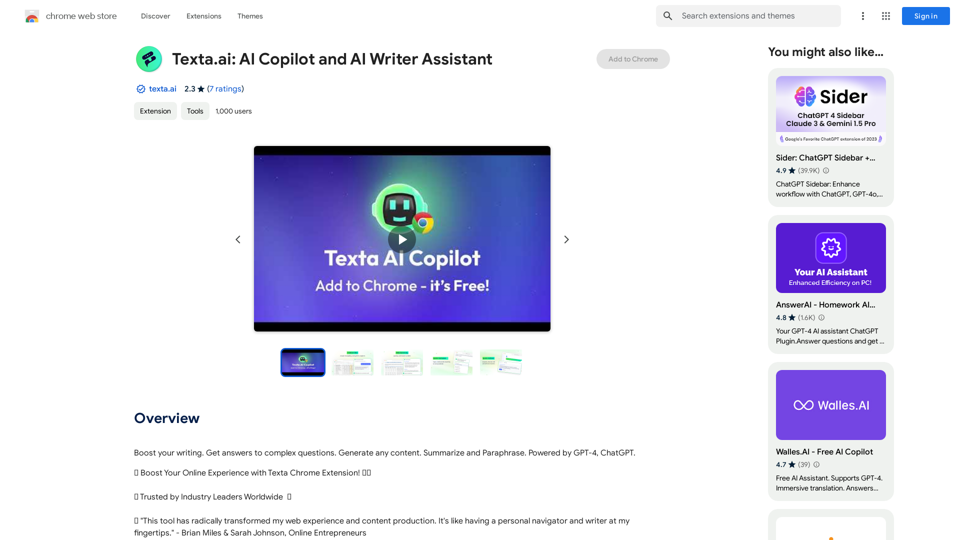
Boost your writing. Get answers to complex questions. Generate any content. Summarize and Paraphrase. Powered by GPT-4, ChatGPT.
193.90 M
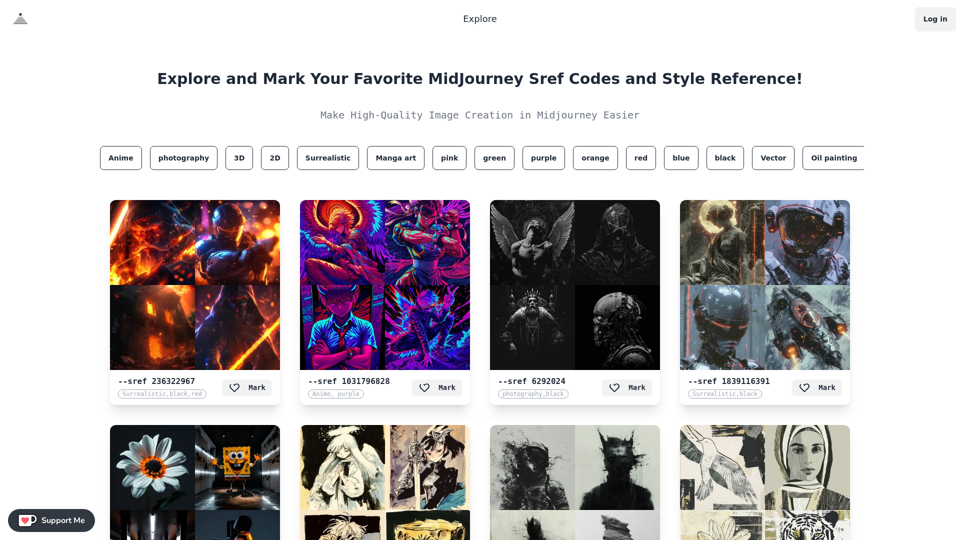
Midjourney SREF Codes Library for Style Reference What are SREF Codes? SREF codes are special text strings used in Midjourney to quickly and easily apply specific artistic styles to your image generations. How to Use SREF Codes: Simply add an SREF code to your Midjourney prompt. For example: `/imagine a majestic dragon, SREF:cyberpunk` SREF Code Library: This library contains a collection of SREF codes categorized by style. * Art Styles: * `photorealistic`: Creates images with high levels of realism. * `impressionistic`: Captures the essence of a scene with loose brushstrokes and vibrant colors. * `cubist`: Breaks down objects into geometric shapes. * `surrealist`: Creates dreamlike and fantastical images. * `abstract`: Focuses on form, color, and composition rather than representational imagery. * Visual Effects: * `cinematic`: Gives images a cinematic look and feel. * `HDR`: Creates images with high dynamic range, resulting in greater detail and contrast. * `neon`: Adds vibrant neon lights to the image. * `pixel art`: Generates images in a retro pixel art style. * Other Styles: * `anime`: Creates images in the style of Japanese animation. * `manga`: Similar to anime, but with a more comic book aesthetic. * `sketch`: Generates images that resemble pencil sketches. * `watercolor`: Creates images with the look and feel of watercolor paintings. Note: This is just a small sample of the many SREF codes available. Explore and Experiment: The best way to learn about SREF codes is to experiment with them! Try combining different codes to create unique and interesting styles.
Midjourney SREF Codes Library for Style Reference What are SREF Codes? SREF codes are special text strings used in Midjourney to quickly and easily apply specific artistic styles to your image generations. How to Use SREF Codes: Simply add an SREF code to your Midjourney prompt. For example: `/imagine a majestic dragon, SREF:cyberpunk` SREF Code Library: This library contains a collection of SREF codes categorized by style. * Art Styles: * `photorealistic`: Creates images with high levels of realism. * `impressionistic`: Captures the essence of a scene with loose brushstrokes and vibrant colors. * `cubist`: Breaks down objects into geometric shapes. * `surrealist`: Creates dreamlike and fantastical images. * `abstract`: Focuses on form, color, and composition rather than representational imagery. * Visual Effects: * `cinematic`: Gives images a cinematic look and feel. * `HDR`: Creates images with high dynamic range, resulting in greater detail and contrast. * `neon`: Adds vibrant neon lights to the image. * `pixel art`: Generates images in a retro pixel art style. * Other Styles: * `anime`: Creates images in the style of Japanese animation. * `manga`: Similar to anime, but with a more comic book aesthetic. * `sketch`: Generates images that resemble pencil sketches. * `watercolor`: Creates images with the look and feel of watercolor paintings. Note: This is just a small sample of the many SREF codes available. Explore and Experiment: The best way to learn about SREF codes is to experiment with them! Try combining different codes to create unique and interesting styles.Explore a list of 177 unique Midjourney sref codes and style references to find your perfect Midjourney sref code effect.
149.96 K

Kartiv: Automated Visual Content for eCommerce & Marketing Agencies
Kartiv: Automated Visual Content for eCommerce & Marketing AgenciesElevate your brand with Kartiv's AI-powered design solutions. Perfect for eCommerce businesses and marketing agencies.
440
